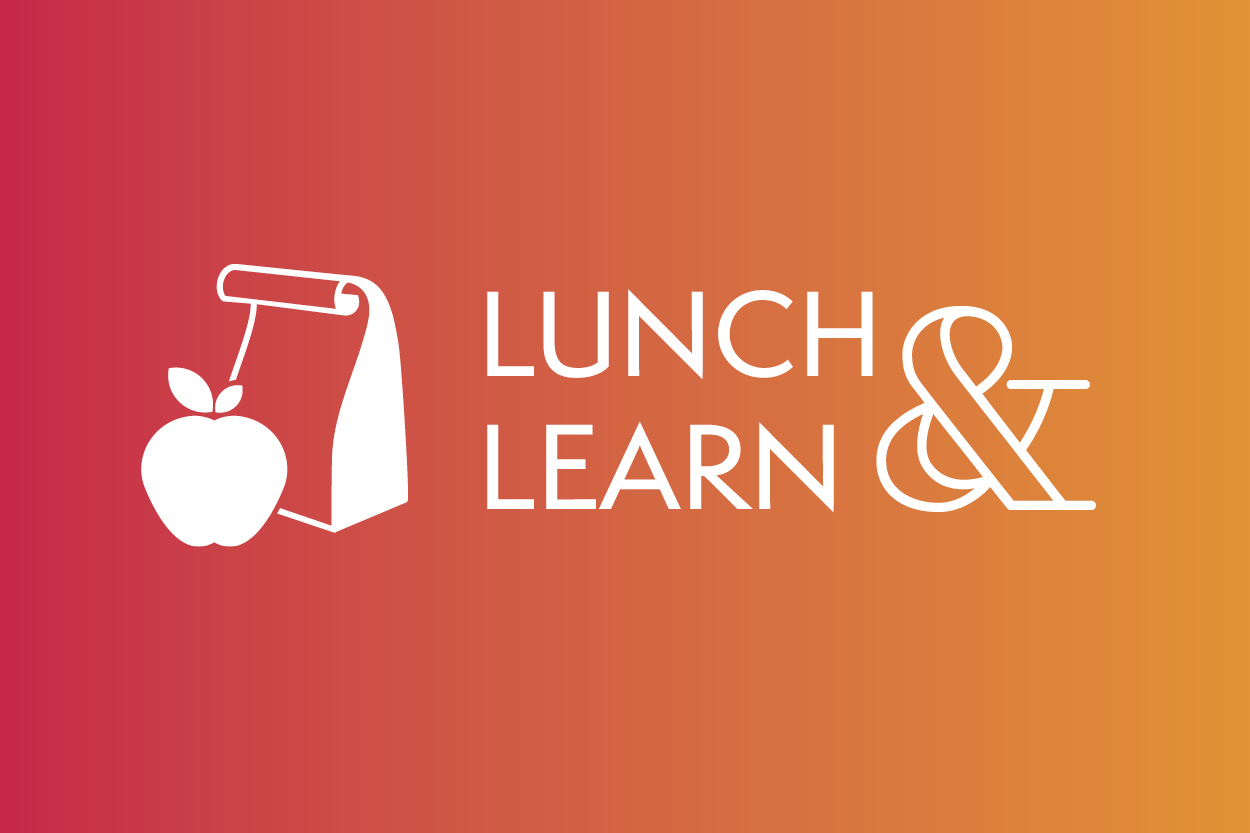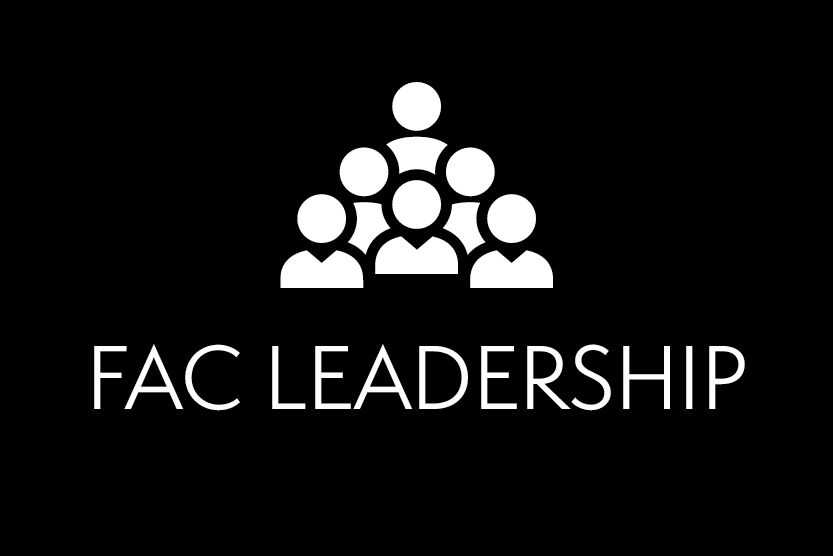By
I recently heard David Johnston, the former Governor General of Canada, speak at a conference. He talked about trust and its importance to our world, our relationships, our communities and our organizations. He posed the question, “How can we become trustworthy people?” Just as significant is the counter-question, “How do we learn to be trusting of others?” These aspects of trust are different sides of the same coin. If we trust others, we will authentically share our thoughts and emotions and become more trustworthy. Trust is both the glue that holds relationships together and the grease that helps us get things done.
Trust is critical, but fragile
Trust is slow to build and quick to destroy. Our trust is built when our sharing isn’t used against us. When people hold our trust respectfully, they are trustworthy. Businesses, media, legislatures and nonprofits have discovered how trust can be ruined by a few small acts that become public and diminish the value of that organization or the involved person. From that point on, all of their actions and decisions are seen with a critical and skeptical eye.
Though fragile, trust is a critical element in building teams, communities and organizations. When it is present, people’s relationships are more productive and cooperative. Its value can’t be underestimated in generating high performance teams, smooth productivity and reputational capital. And yet, many leaders don’t fully understand how essential it is to their leadership and their work. If leaders did understand, more of their behaviors would reflect how much they value the building, fostering and protecting of trust.
Change flows through relationships at the speed of trust
Organizations and communities experience large-scale systems change at the speed of trust. When trust is absent, other emotions like fear, distrust, skepticism and resistance grind or lock the gears in any kind of systems change. Many people have experienced initially trusting a system change that turned out badly for them, which causes them to resist other proposed changes. As a leader, the proactive strategy for change management is to develop strong, authentic and trusting relationships. When those are in place, half the work is already done.
We can assess the level of trust in our relationships by noticing where resistance and fear emerge in the network we are trying to influence. If change efforts get stuck in a specific place in an organization or community, then leaders need to look more deeply into what is happening in that part of the network. Has trust been broken? Are the relationships filled with conflict and distrust? Is manipulation and lack of transparency the norm? Whatever pattern emerges in those difficult situations, awareness helps leaders develop strategies to repair the damage hindering their change efforts.
Trust that sticks
Traditionally, our goal is to overcome resistance with positional power. We use strategies that are designed to dampen down, overpower or ignore resistance. But those practices just make our next change efforts more challenging because they increase distrust in the organizational system. If we want this change and the next one to go faster and smoother, with active support and engagement, then we need to focus on how to repair and rebuild relationships and trust in our organizations.



